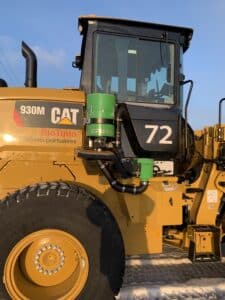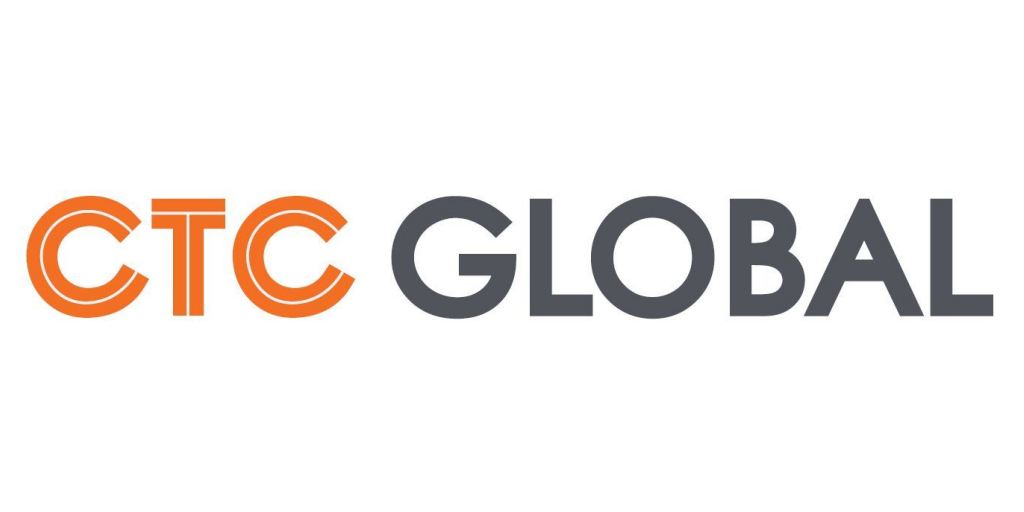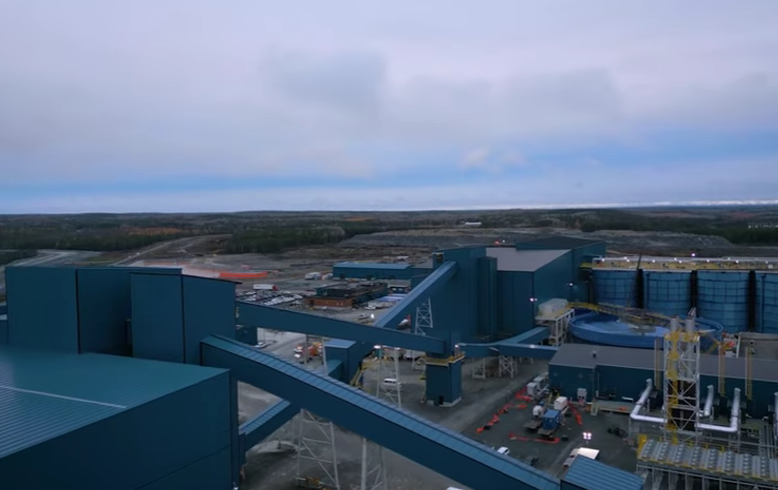Situation
Rio Tinto is a global leader focused on the discovery, mining, and processing of mineral resources. Rio Tinto Saguenay–Lac-Saint-Jean, a major hub for the mining group, is home to numerous facilities and is responsible for nearly half of its aluminum production.
Faced with major dust management challenges in its Grande-Baie port facilities, the company had no choice but to perform thorough daily maintenance on its heavy vehicles. Its handling of bulk materials like bauxite, alumina, and calcined petroleum coke are incredibly harsh on the vehicles’ mechanics.
In addition, the company is always looking for ways to reduce its environmental footprint and provide its workers with a good work environment that meets the highest health and safety standards.
Rio Tinto is committed to working with the region’s stakeholders to participate in its economic development, which led it to meet with Propulsa Innovations to learn more about its solutions. As it already knew the entrepreneurs behind Propulsa Innovations, it quickly put its trust in the company.

The Propulsa Innovations solution
Propulsa Innovations was able to put its expertise in dusty environments to use to provide Rio Tinto with the Epura Engine and Epura Cabin, two innovative air filtration solutions.
Before the solutions were deployed, they underwent a test period during which data was collected, with very promising results. This led to them attracting the interest of the head of the client company’s regional economic development department. They also proved to meet concrete needs in terms of health, safety, and environmental issues.
The installation of the products on the Grande-Baie port equipment ultimately launched a wonderful collaboration between the companies. This helped Propulsa Innovations improve the Epura Cabin system, namely by adding pressure relief fans, as well as control and data logging components. A technology showcase is currently underway at this Rio Tinto facility.
Results

Since installing the Epura filtration systems, Rio Tinto has seen impressive benefits, as well as a significant reduction in maintenance expenses for its vehicles.
Outcomes from the Epura filtration systems include:
- more than $21,000/year/vehicle in savings related to engine filter changes (filters and labour)
- more than $38,000/year/vehicle in savings related to cabin filter changes
- more than $60,000 in savings on expenses related to time lost to maintenance
- vehicles require no filter maintenance
- more than $2500 in savings on assorted expenses related to premature wear
- more than $3600/year/vehicle in savings on engine oil
- lower fuel use and fewer pollutant emissions for each vehicle
- complies with existing health and safety standards.
For these reasons, as well as a return on investment of just 10 weeks, Rio Tinto now requires the installation of the Epura engine and Epura cabin as a matter of course when purchasing new vehicles.
The company is also evaluating how it might install this technology in other areas of its facilities.
“We got involved in the development of Propulsa Innovation’s Epura technology for three reasons: they are solid, credible entrepreneurs we know; they align with our core values when it comes to health and safety; and we saw the potential for us to add value by creating a technology showcase,” Rio Tinto regional economic development director Emmanuel Bergeron said.




